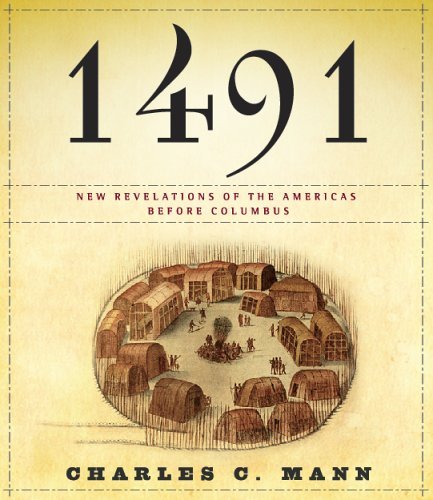Ancient Temple Typology:
•The temple is the architectural embodiment of the cosmic mountain or universe.
 The form of the Buddhist mandala is architectonic, the square section being the platform upon which sits a circular temple. The square represents material space with gateways at the four quarters of the earth, while the circle focuses upon its timeless center (See picture above.)
The form of the Buddhist mandala is architectonic, the square section being the platform upon which sits a circular temple. The square represents material space with gateways at the four quarters of the earth, while the circle focuses upon its timeless center (See picture above.) Michelangelo's preliminary plan for San Giovanni de' Fiorentini (1559) follows the ancient tradition of the centralized temple plan. The symbolic relationship between square and circle is that of the human and the divine. The integration of the two is a metaphor for equilibrium between earth and heaven. (see picture above.)
Michelangelo's preliminary plan for San Giovanni de' Fiorentini (1559) follows the ancient tradition of the centralized temple plan. The symbolic relationship between square and circle is that of the human and the divine. The integration of the two is a metaphor for equilibrium between earth and heaven. (see picture above.)The cosmic mountain represents the primordial hillock, the place which first emerged from the waters that covered the earth during the creative process.
The temple is often associated with the waters of life which flow from a spring within the building itself—or rather the temple is viewed as incorporating within itself such a spring, or as having been built upon the spring.
The reason that such springs exist in temples is that they were perceived as the primeval waters of creation. The temple is thus founded upon and stands in contact with the waters of creation. These waters carry the dual symbolism of the chaotic waters that were organized during the creation and of the life-giving, saving nature of the waters of life.
•The temple is built on separate, sacral, set-apart space.
•The temple is oriented toward the four world regions or cardinal directions, and to various celestial bodies such as the polar star.
-As such, it is or can be an astronomical observatory, the main purpose of which is to assist the temple priests in regulating the ritual calendar. The earthly temple is also seen as a copy or counterpart of a heavenly model.
•Temples, in their architectonic orientation, express the idea of a successive ascension toward heaven. It was constructed of three, five, or seven levels or stages.
-Monumental staircases led to the upper levels, where smaller temples stood. The basic ritual pattern is that the worshippers ascended the staircase to the top, the deity descended from heaven, and the two met in the highest level.
The plan and measurements of the temple are revealed by God to the king or prophet, and the plan must be carefully carried out.
The temple is the central, organizing, unifying institution in ancient Near Eastern society.
•Inside the temple, images of deities as well as kings, temple priests, ad worshipers are washed, anointed, clothed, fed, enthroned, and symbolically initiated into the presence of Deity, and thus into eternal life. Seasonally dramas depicting heavenly wars, victories over evil, creation of the cosmos, cities, temples and social order.
-Sacred marriages are also carried out seasonally.
•The temple is associated with the realm of the dead, the underworld, the afterlife, the grave. The unifying features here are the rites and worship of ancestors. The unifying principle between temple and tomb is resurrection. The temple is the link between this world and the next.
•Sacral, communal meals are carried out in connection with temple ritual, often at the conclusion of or during a covenant ceremony.
God's word is revealed in the temple, usually in the holy of holies, to priests or prophets attached to the temple or to the religious system that it represents
The temple is a place of sacrifice.
The temple and its ritual are enshrouded in secrecy.
And that's all for tonight, because I have much else I have to get done. There is another section I have and I'll try to post it soon.



No comments:
Post a Comment